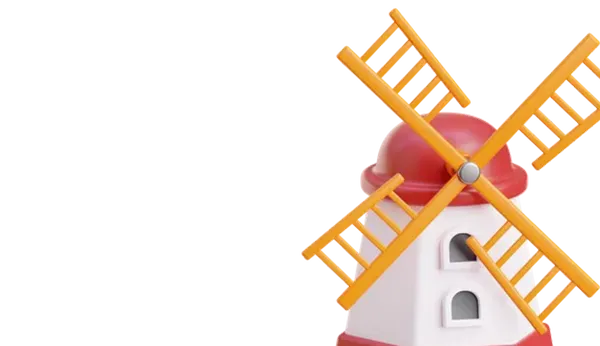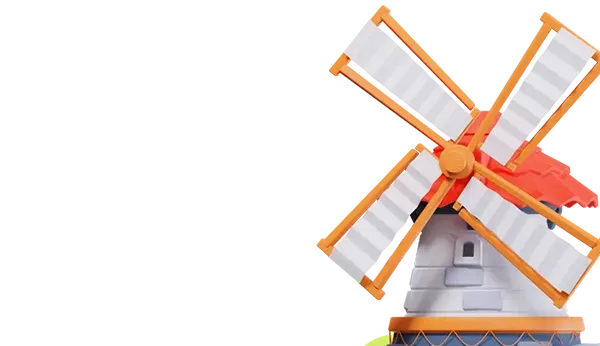Before the flowering period, it is important to carefully inspect raspberry plants for pests, one of which is the raspberry gall midge.
The term "gall midge" comes from the fact that the larvae of an insect known as the raspberry cane midge Resseliella theobaldi reproduce inside the plants, causing unusual growths on the plant tissues, which are called galls. The raspberry cane midge itself is extremely tiny, approximately 2 mm in length, making it difficult to notice, so attention should be paid to the symptoms. Another pest of raspberries can be the gall midge Lasioptera rubi.
When raspberry plants are infested with gall midges, the upper part of the stem begins to dry out, and a small bump - gall - appears at the site of drying. The branches crack, become discolored, and eventually die. By cutting the stem at the site of the bump, larvae of the pest can be found.
The optimal time for this preventive measure through visual monitoring is before the beginning of flowering, when the leaves are not dense, impeding inspection.
How to deal with raspberry gall midge? First of all, it is important to systematically and carefully inspect the bushes. Severely damaged branches need to be pruned and destroyed (for example, burned). Usually, this procedure is carried out in early spring or autumn, along with the removal of old stems and thinning of the bushes. All manipulations with plants should be done carefully to avoid accidental mechanical damage to healthy stems, which can become "gateways" for future infections.
In case of significant infestation, insecticides with active ingredients such as thiacloprid or acetamiprid can be used. Alternatively, a synthetic pyrethroid insecticide tau-fluvalinate can be used.
Source and image: Rosselkhozcenter.

 Trading platform
Trading platform 
 Monitoring
Monitoring  Express applications
Express applications 
 Fork Work
Fork Work 
 Service
Service  News
News  Directory
Directory 













